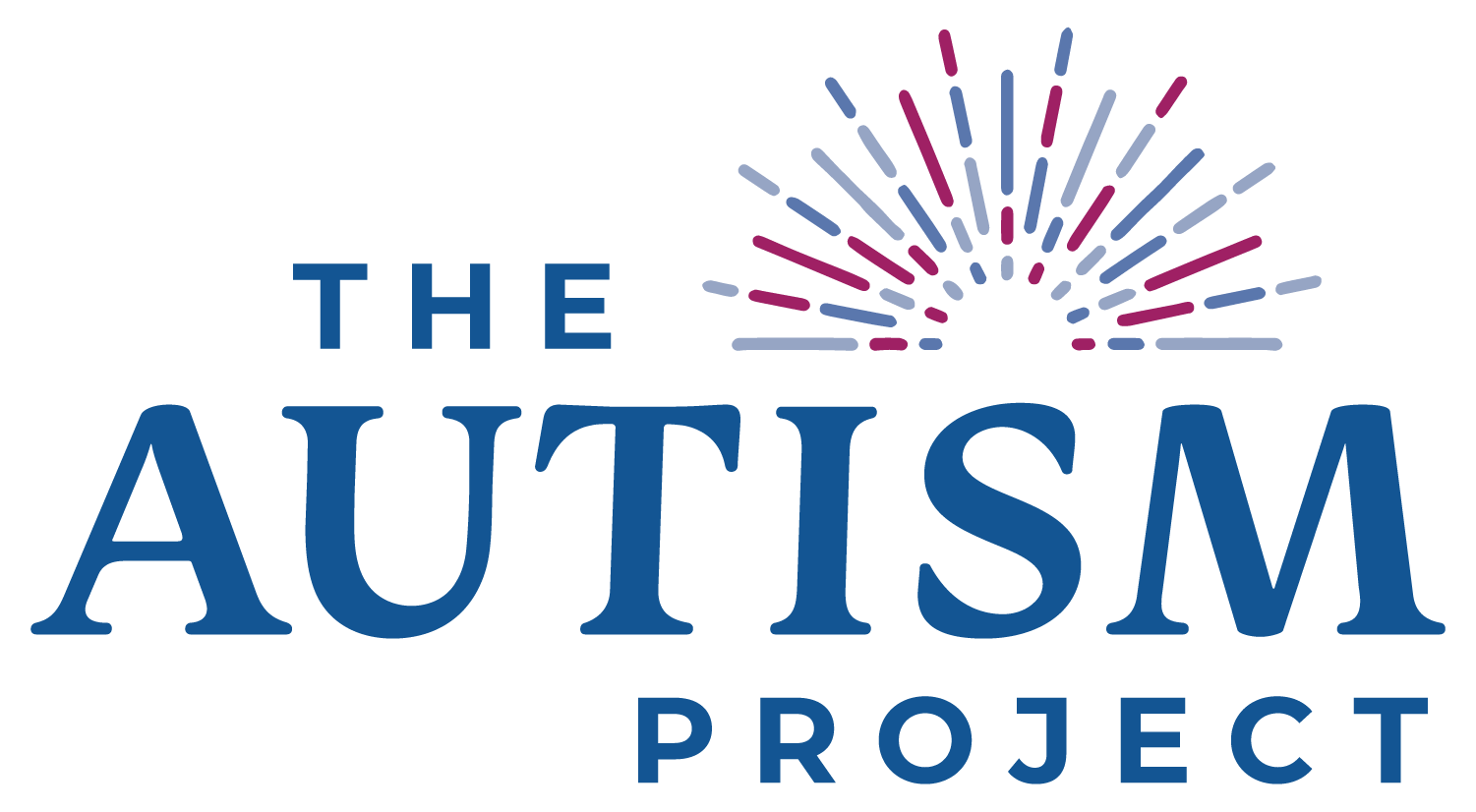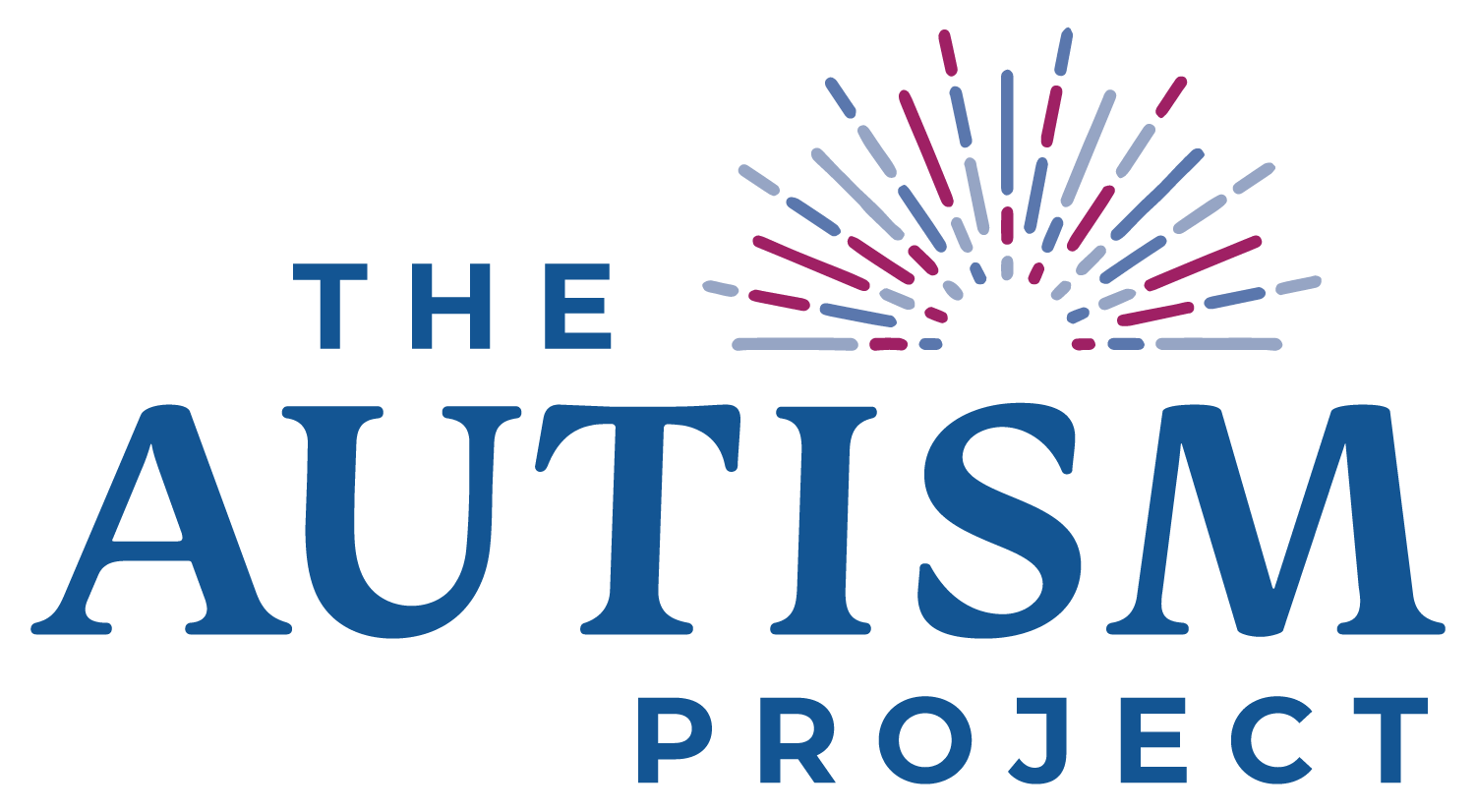The Autism Project's How-To Toolkit
Use the materials in our "How To" Tool Kit to help you support a variety of different situations, including transitions, asking for help, seeking a break, and engaging in collaborative play. The "How To Teach" Tip Sheets detail how to use Countdown Timers, FIRST/THEN Boards, Turn-Taking, and the Help, Wait and Break Cards.
Below is a collection of Tip Sheets written to provide you with clear instructions to reference when introducing new supports. These "How To Teach" Tip Sheets will guide you to use these important supports with confidence.
How to Teach Tip Sheet
Teaching a child to ask for help from others is an essential life skill. Children that do not know how to request help may just wait for someone to come to them or “act out” to show they need help. Either way, an adult can teach a functional approach to ask for help. When a child is struggling and her frustration is increasing, her ability to communicate will decrease. A visual HELP Card will cue the child to seek assistance and will give her a means to communicate.
Teaching a child to wait is a valuable skill. Children must wait their turn in games, conversations, at the grocery store and in many other daily expectations. Waiting is a life skill.
Knowing when and how to be angry is a skill many children struggle to learn. As a result, children benefit from direct teaching on how to manage their emotions. In the beginning, an adult should initially label the emotion, describe the body’s response and teach when a BREAK is necessary. This teaching will take time for a child to learn and to develop as a new routine.
How to Teach "TURN TALKING Card"
Turn-taking is a life skill necessary for social success in all environments. Turn-taking is not a skill that develops naturally for many children. Many children need to be taught turn-taking skills and offered many opportunities to practice. Teaching turn-taking involves many skills such: 1) a social understanding of why we share; 2) self-regulation skills; 3) what to do when I am waiting; and, 4) knowing when to take a turn. By preparing a child to learn about turn-taking you are setting them up for successful play with peers.
How to Teach "COUNTDOWN TIMER Card"
Children can struggle with understanding of time passing. Phrases such as, “in a few minutes” “shortly” and “almost done” can cause anxiety and challenges with transition. The Countdown Timer is a visual tool that helps children see the passing of time and prepare children for transitions.
How to teach "FIRST / THEN Card"
Understanding the concept of time, order and multiple steps is an important life skill. These skills are the foundation of organizing an activity, your day or a long-term plan. The use of a FIRST/THEN Board is the FIRST step to teaching the important skill of following a schedule.
Como Ensenar El Reloj de Conteo Regresivo
Los niños pueden tener dificultades para comprender el paso del tiempo. Frases como "en unos minutos", "en breve" y "casi terminado" pueden causar ansiedad y desafíos con la transición.
Como Ensenar Tarjeta de Break Descanso
Saber cuándo y cómo enojarse es una habilidad que a muchos niños les cuesta aprender. Como resultado, los niños se benefician de la enseñanza directa sobre cómo manejar sus emociones. Al principio, un adulto debe etiquetar inicialmente la emoción, describir la respuesta del cuerpo y enseñar cuándo es necesario un DESCANSO. Esta enseñanza llevará tiempo para que el niño aprenda y se desarrolle como una nueva rutina.



